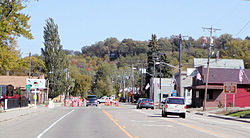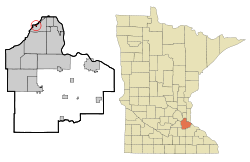
Sibley is a city and the county seat of Osceola County, Iowa, United States. The population was 2,860 at the time of the 2020 census. Hawkeye Point, the highest point in the State of Iowa, is also nearby.
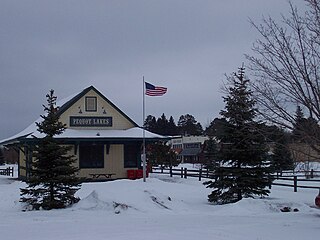
Pequot Lakes is a city in Crow Wing County, Minnesota, United States. The population was 2,395 at the 2020 Census. It is part of the Brainerd Micropolitan Statistical Area.
Sibley Township is a former township in Crow Wing County, Minnesota, United States. The population was 855 at the 2000 census. On June 4, 2002, the entire township was annexed to the neighboring city of Pequot Lakes, thus rendering the township government defunct.

Mendota Heights is a city in Dakota County, Minnesota, United States. It is a first-ring southern suburb of the Twin Cities. The population was 11,744 at the 2020 census.

South St. Paul is a city in Dakota County, Minnesota, United States, immediately south and southeast of St. Paul and east of West St. Paul. The population was 20,759 at the 2020 census. The town was a major meat-packing location, and many residents are descended from immigrants of Southern European and Eastern European heritage, who came to work in the meat-packing plants in the early twentieth century.

Dawson is a city in Lac qui Parle County, Minnesota, United States. The population was 1,466 at the 2020 census.
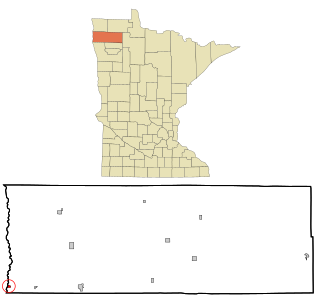
Oslo is a city in Marshall County, Minnesota, United States. The population was 239 at the 2020 census.

New Brighton is a city in Ramsey County, Minnesota, United States. It is a suburb of the Twin Cities. The population was 23,454 at the 2020 census.
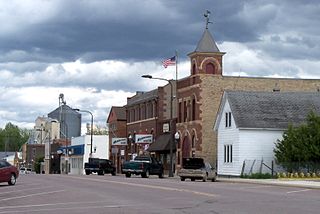
Arlington is a city in Sibley County, Minnesota, United States. The population was 2,233 at the 2010 census.
Faxon Township is a township in Sibley County, Minnesota, United States. The population was 712 at the 2020 census.

Gaylord is a city and the county seat of Sibley County, Minnesota, United States, along the shore of Titlow Lake. It is approximately 65 miles (105 km) west-southwest of Minneapolis-St. Paul. The population was 2,305 at the 2010 census.

New Auburn is a city in Sibley County, Minnesota, United States. The population was 456 at the 2010 census.
Sibley Township is a township in Sibley County, Minnesota, United States. The population was 353 at the 2000 census.

Winthrop is a city in Sibley County, Minnesota, United States. The population was 1,399 at the 2010 census.

Hugo is a city 18 miles (29 km) north of downtown Saint Paul in Washington County in the U.S. state of Minnesota. The population was 14,767 at the 2020 census. The city lies north of White Bear Lake on the border of the metropolitan boundary. Hugo and nearby suburbs comprise the northeast portion of Minneapolis-St. Paul, the sixteenth largest metropolitan area in the United States.

Dakota is a city in Winona County, Minnesota, United States. The population was 295 at the 2020 census.

Sibley is a city in Barnes County, North Dakota, United States. The population was 19 at the 2020 census. Sibley was founded in 1959.

Fairmount is a city in Richland County, North Dakota, United States. The population was 343 at the 2020 census. Fairmount was founded in 1884. It is part of the Wahpeton, ND–MN Micropolitan Statistical Area.
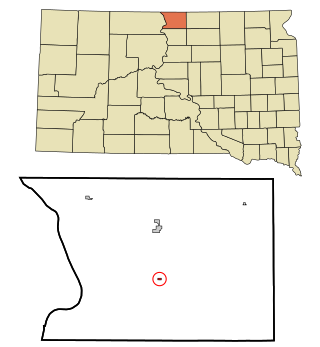
Mound City is a town in and the county seat of Campbell County, South Dakota, United States. The population was 69 at the 2020 census.
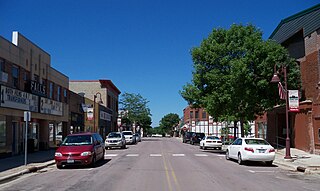
Redwood Falls is a city in Redwood County, located along the Redwood River near its confluence with the Minnesota River, in the U.S. state of Minnesota. The population was 5,102 at the 2020 census. It is the county seat.
